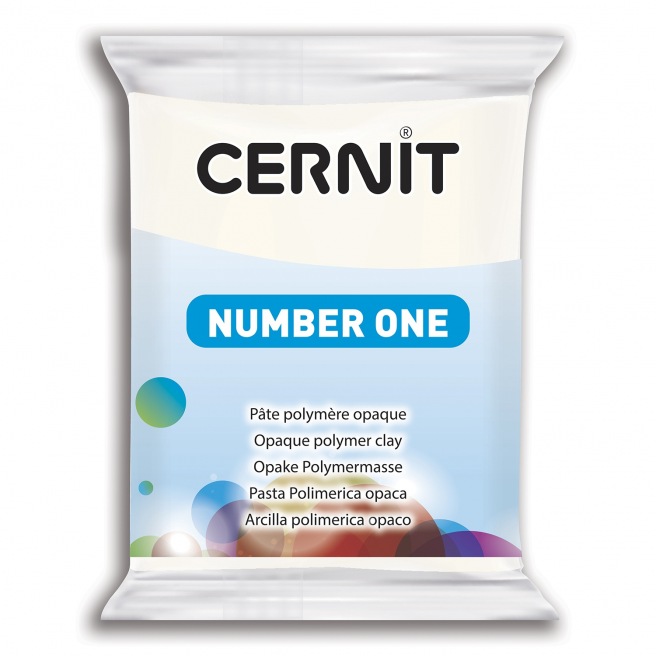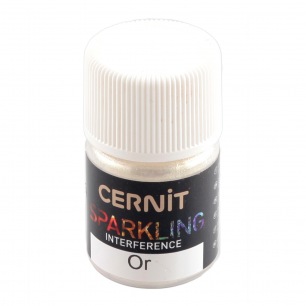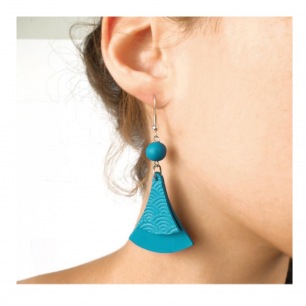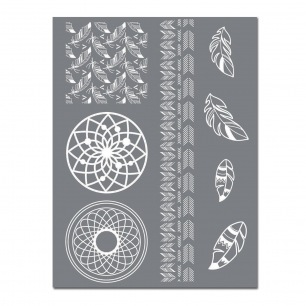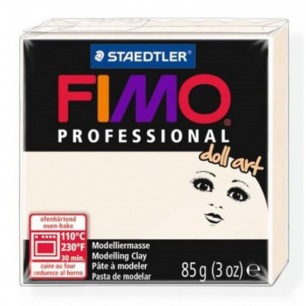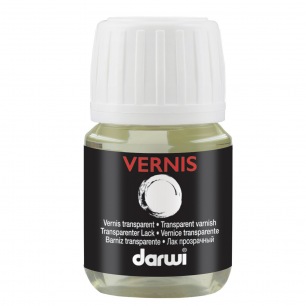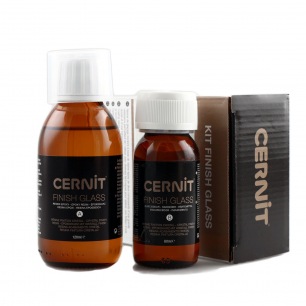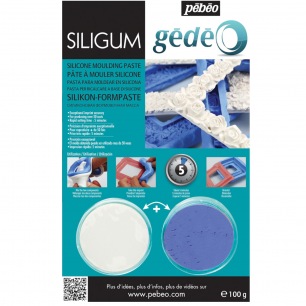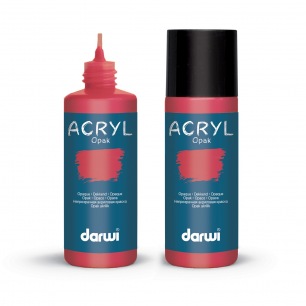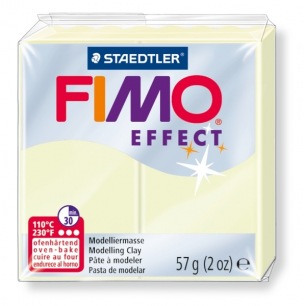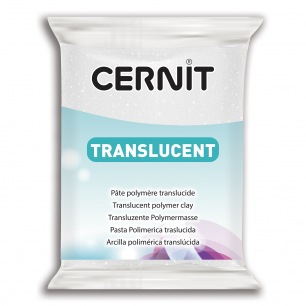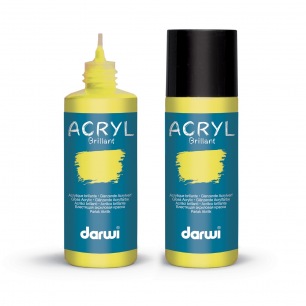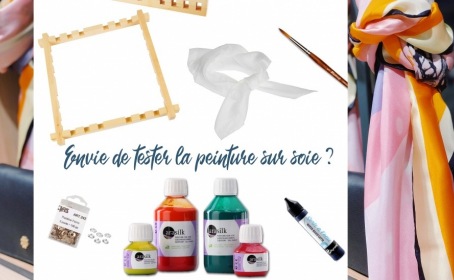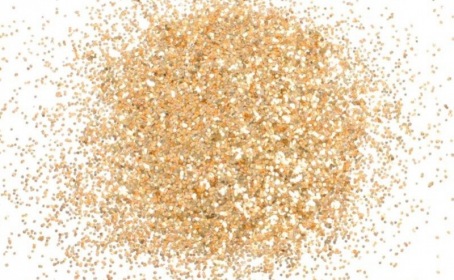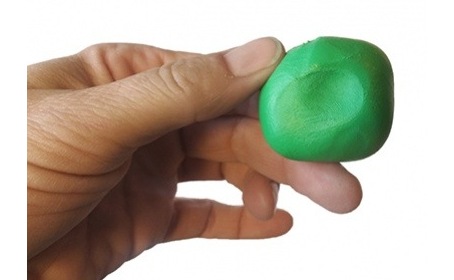Product successfully added to your shopping cart
Cernit Number One Polymer Clay (opaque finish) 56 g - 027 - Blanc opaque
2,30 €
Cernit Number One plasticine is a must have when it comes to jewelry design . To harden in the oven (baking 30 minutes at 130 degrees). It can also be used for modeling (figurines, etc.).
Among the Cernit modeling clay , the Number One range is acclaimed by hobbyists and seasoned creative artisans alike. It is a must-have as a raw material for jewelry making . Secondarily, it can also be used to practice modeling (creation of figurines, dolls, etc.)
Colour chart
Conditioning
Color category
More info
CERNIT NUMBER ONE, polymer clay for the creation of your jewelry
Among Cernit modeling clay , the Number One range is popular with amateurs and experienced creative craftsmen alike. It is a must-have as a raw material for jewelry making . Secondarily, it can also be used to practice modeling (creation of figurines, dolls, etc.)
Qualities of this polymer clay compared to the competition
Cernit Number One polymer modeling clay stands out from its competitors thanks to:
- Its shiny finish: no need for varnish! After firing and polishing, your pieces will be extremely shiny. It is therefore not necessary to apply a varnish.
- Its flexible texture after baking. Once cooked and hardened, your Cernit Number One paste creations are very hard but, unlike other polymer pastes, remain flexible. This characteristic can be decisive, for example, in the making of “open” bracelets. It is therefore more practical than a FIMO paste, in particular, which would break due to its rigidity.
- Wide range of colors. Cernit is distinguished by its extremely varied color palette. The opacity of each color is indicated in the datasheet.
- Its non-stickiness. The Cernit material does not stick to tools or fingers, unlike its counterparts offered by other manufacturers. This facilitates creative work, especially when there are small elements.
- No traces on the fingers: the Cernit texture is formulated in such a way as not to leave traces of colors on the fingers which makes it possible to switch from one color to another without wash your hands. (With the exception of black and X-mas red which bleeds very slightly)
- This greatly facilitates the work and will save you time. How to use this polymer clay from confection to baking?

How to use your Cernit polymer clay? Our advice
Mixing the plasticine
Always work with your hands and with a clean surface: glass, tiles, etc. Then, knead a piece of Cernit paste to make it supple and malleable, before starting your production artistic. You can mix several colors of Cernit pasta together to create a number of effects or variations of colors. Check out our tips and tutorials on the subject.
How to cook your polymer clay?
The recommended cooking time is approximately 30 minutes at 130 degrees (traditional oven). Never use a microwave oven to harden your polymer clay creations . Never exceed the recommended temperature.
Work your hardened creation after baking
Once cooked and therefore hardened, your Cernit paste elements can be sculpted, sanded, painted .
Do you also want to use Cernit Number One polymer clay?
Easy! Order your choice of Cernit Number One modeling clay from our 40 colors. Log in to your account and pay for your purchases using one of the secure payment methods offered on our online store. Need info about your current order? Some advices? Ask all your questions to our team , especially made up of creative arts fanatics. Also immerse yourself in the other Cernit pasta ranges.
Accessories

